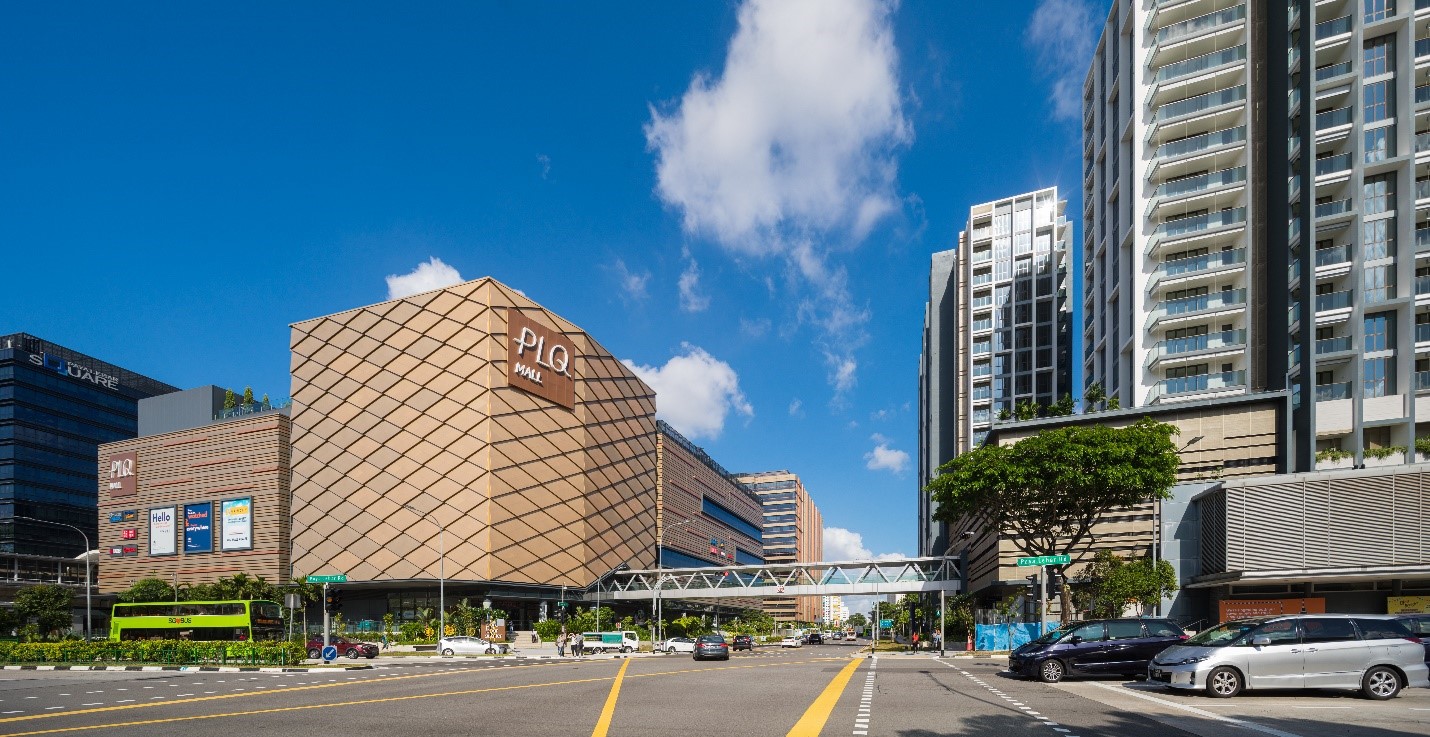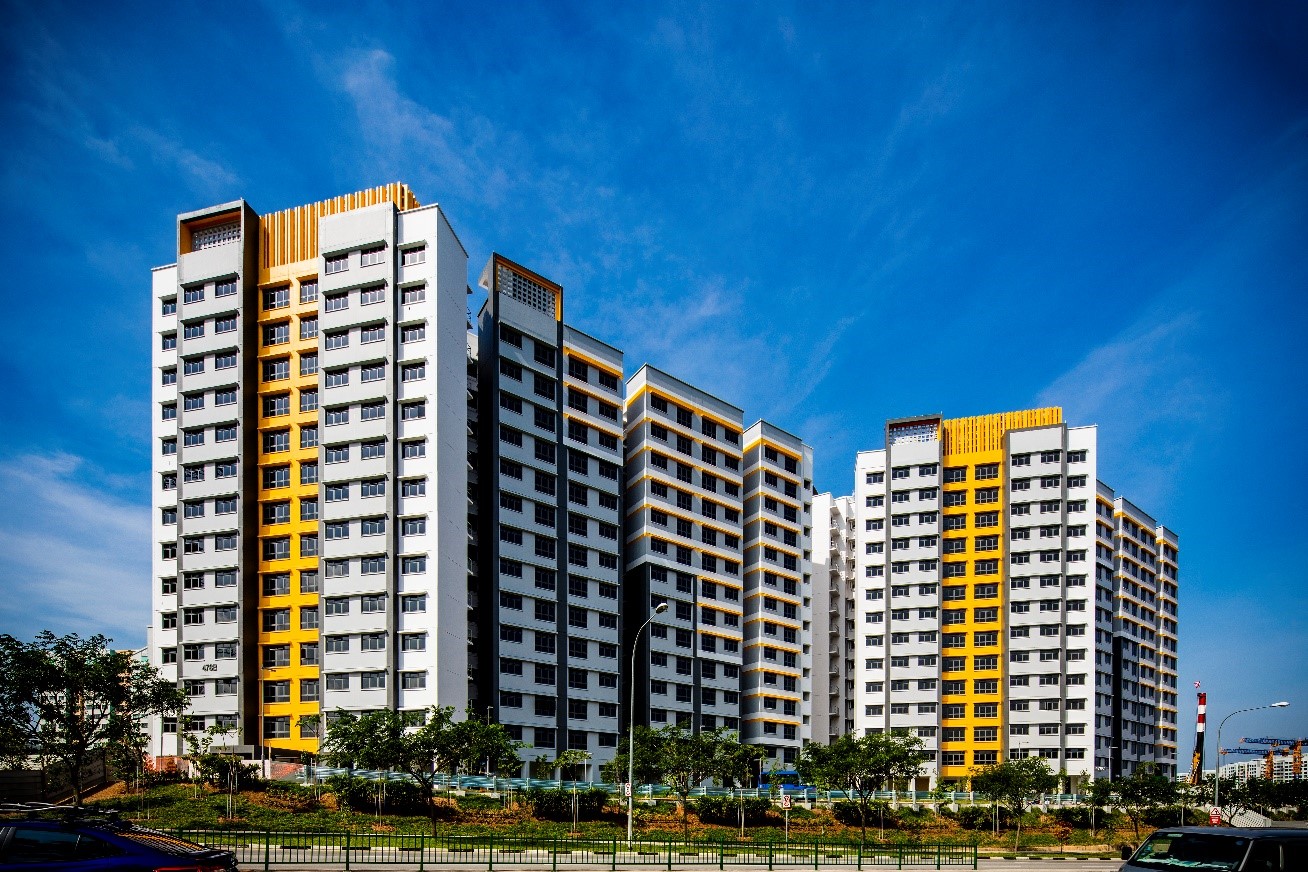Take a gander at the city-state we call home. Singapore’s urban landscape has transformed to be a lot different than it used to be just a couple decades ago. Innovative technologies drive for higher building standards and gear the industry to build smart and more efficiently.
Across the country, many projects have adopted new construction technologies and digitalised work processes to support rapid urbanisation in Singapore. The Construction Industry Transformation Map (ITM) will hence play an integral role in further raising the capabilities and productivity of the Built Environment sector.
This is made possible through the adoption of Integrated Digital Delivery (IDD) and Design for Manufacturing and Assembly (DfMA) approaches which enables construction value chains to be more efficient.
Smart Solutions for A More Efficient Construction Chain
|
|
 Paya Lebar Quarter Paya Lebar Quarter
|
|
Enabled by Building Information Modelling (BIM), Integrated Digital Delivery (IDD) is a pillar under the Construction ITM that enables stakeholders along the whole construction value chain to better collaborate with seamless sharing and delivery of digital information at real time.
Paya Lebar Quarter, a project under globally integrated real estate and investment group Lendlease, was built with the integration of IDD approaches, and enabled the team to build more efficiently with smart solutions, reduce wastage, and improve workplace safety.
Technologies such as Drones, and 360° Cameras, and Real-time Location Services were deployed to monitor site activity and progress. The construction management team were able to use data from these sources to better plan and manage work more efficiently. Stakeholders had full access to view site progress through a web portal without the disruption or risk of going on site.
Laser scanning capabilities from Light Detection and Ranging (LIDAR) were also used on-site to accurately determine interfaces with existing structures nearby. Lendlease were able to successfully construct around and connect directly to the operating Paya Lebar MRT station with minimal disruption.
Real-time location services allowed the builder to track the location of workers using Bluetooth enabled tags. Safety was improved by alerting workers and supervisors immediately if they accidentally strayed into exclusion zones. Combined with biometric entry systems, this also enabled accurate counting of personnel on-site for productivity measurement.
Assembling Faster and Better Homes
|
|
 Valley Spring @ Yishun Valley Spring @ Yishun
|
|
Design for Manufacturing and Assembly (DfMA) is another pillar under the Construction ITM, which involves buildings being designed and manufactured off-site before being assembled on-site. This construction method shortens project duration, reduces disruption to the community and creates a more controlled manufacturing environment.
A construction method under this pillar is Prefabricated Prefinished Volumetric Construction (PPVC), where free-standing modules are completed with internal finishes, fixtures, and fittings off-site before being delivered and installed on-site.
In March 2017, Teambuild adopted PPVC in the construction of the 824 units at Valley Spring @ Yishun. During the process, virtual 3D models were mocked, and virtual reality was employed to ensure that all details were captured for accurate fabrication of the PPVC. Each PPVC module was also tagged with a QR code to ensure traceability and monitoring during the installation process.
This allowed the Public Housing Development project to be completed on time and achieve manpower savings of 37% compared to other projects using conventional construction methods. Using PPVC also helped the project to reduce material wastage, and lower its impact on the surroundings as modules are completed off-site.
Building Homes and Communities with Construction ITM
The adoption of advanced and smart approaches can help construction projects to meet with the nation’s need to build faster and better.
Today, sector transformation is key as Singapore urbanises at a rapid pace with greater demand for buildings to house families and offices. IDD and DfMA approaches are proven solutions that have shown much success in projects where it was implemented. Read more on how the Construction ITM supports an advanced and integrated built environment sector here.